Mike Mike
Structural
- Apr 27, 2019
- 136
Do the dropped beams in the photos below follow the intent of the code? This seems to be industry standard deck construction, and there is pressure from contractors to go along, but I'm not a fan for 2 reasons:
1. The bottom of the beam is in compression where continuous over posts and wants to kick out to the side. 2024 NDS 3.3.3.4 says "lateral support shall be provided at points of bearing to prevent rotation." I guess a hefty post cap could prevent "rotation", but not "lateral" translation. I read thru the NDS commentary and AWC NF&PA TR14 Lateral Torsional Stability but did not find any additional guidance. I don't feel great about it, but owners are not okay with stabilizing kickers or blocking on most jobs.
2. Anyone who happens to push on the post puts the beam in perpendicular to grain bending, and counts on moment transferring thru a post cap couple, which will rotate significantly before the cap engages. A typical moment diagram is sketched in red below. The moment is small, but I don't feel great about it.
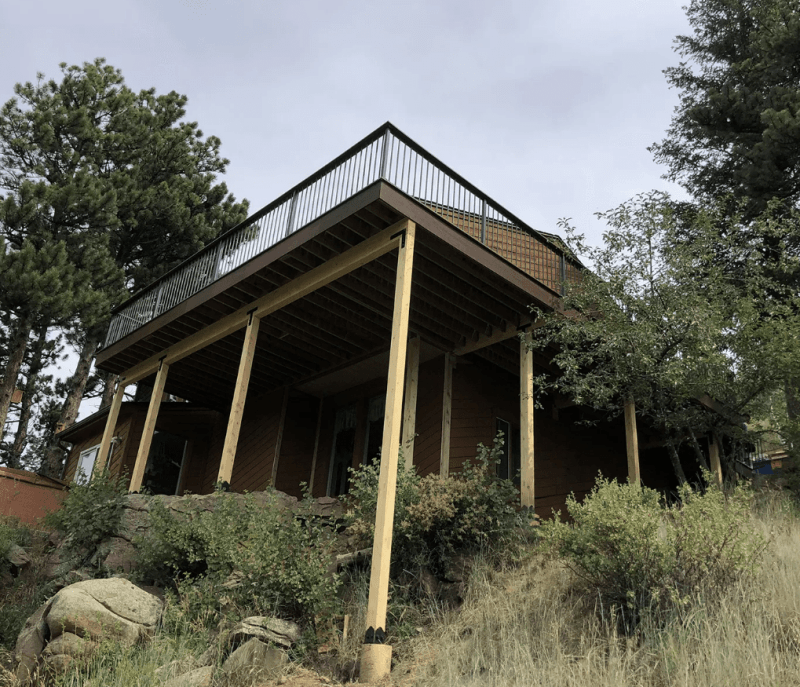
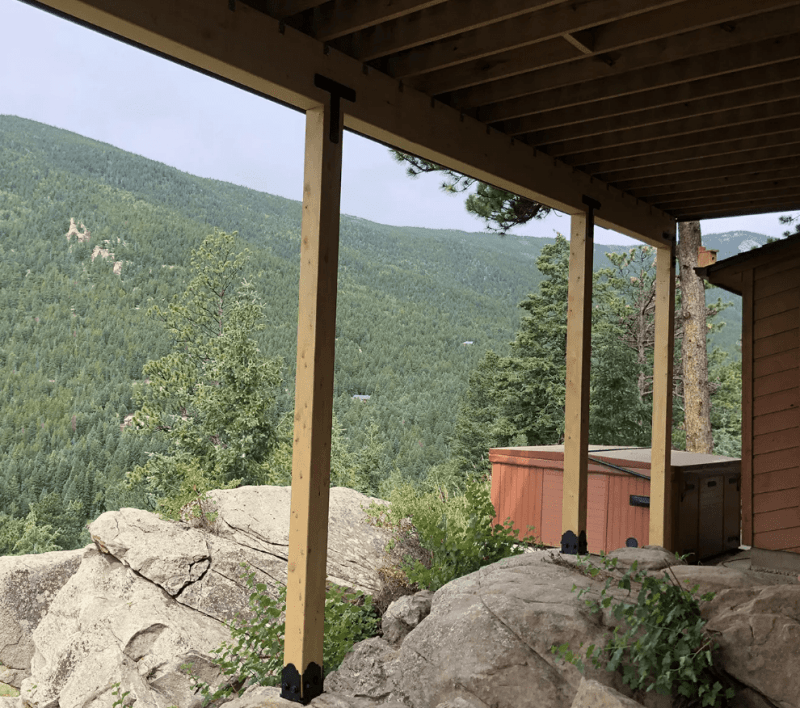
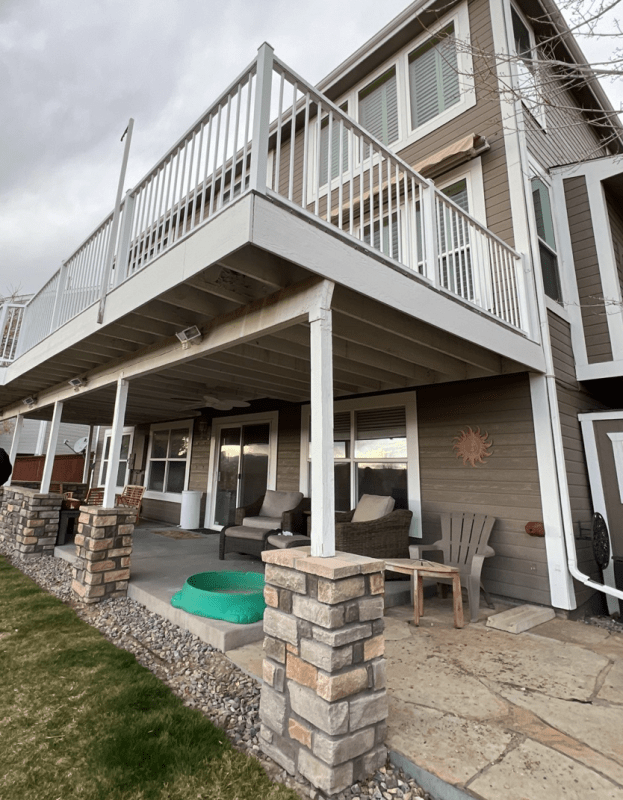
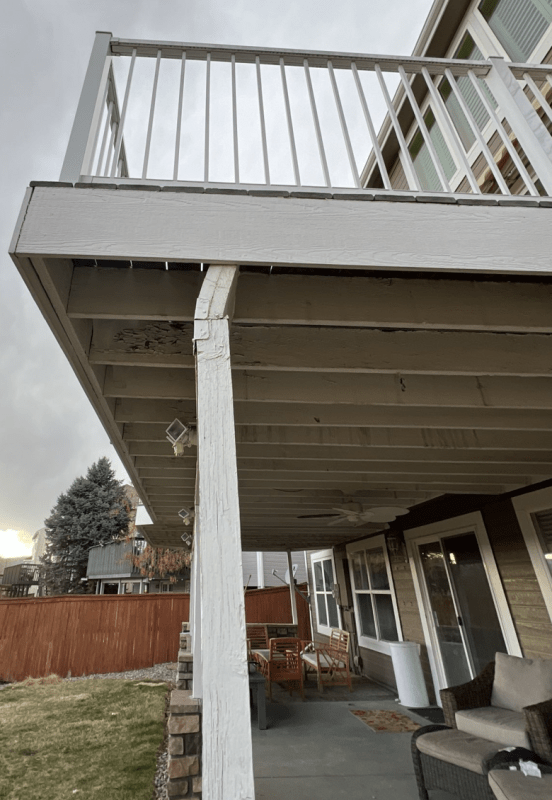
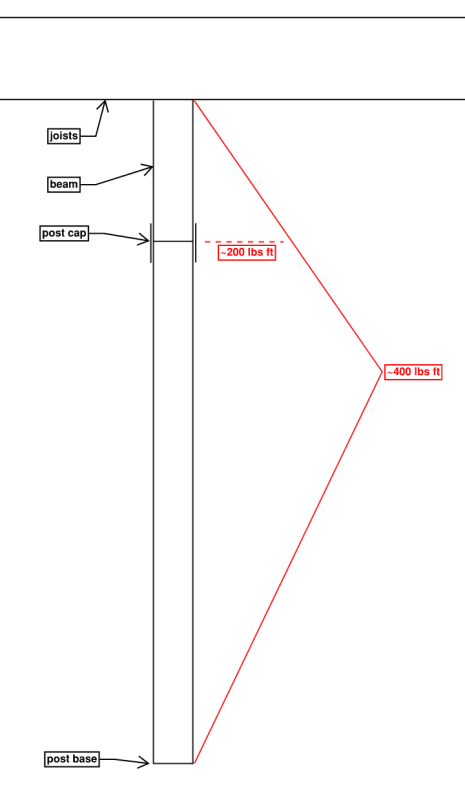
1. The bottom of the beam is in compression where continuous over posts and wants to kick out to the side. 2024 NDS 3.3.3.4 says "lateral support shall be provided at points of bearing to prevent rotation." I guess a hefty post cap could prevent "rotation", but not "lateral" translation. I read thru the NDS commentary and AWC NF&PA TR14 Lateral Torsional Stability but did not find any additional guidance. I don't feel great about it, but owners are not okay with stabilizing kickers or blocking on most jobs.
2. Anyone who happens to push on the post puts the beam in perpendicular to grain bending, and counts on moment transferring thru a post cap couple, which will rotate significantly before the cap engages. A typical moment diagram is sketched in red below. The moment is small, but I don't feel great about it.






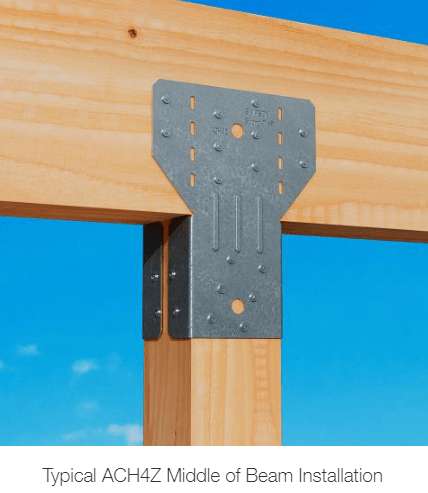
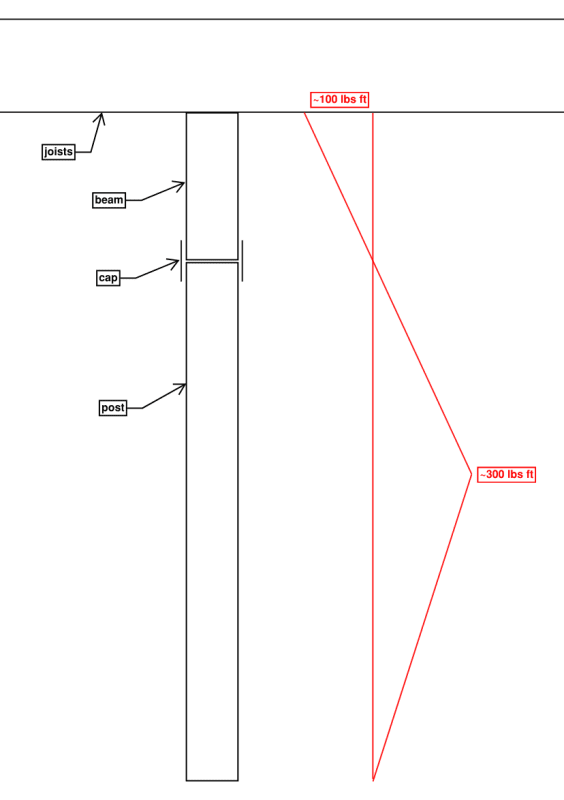


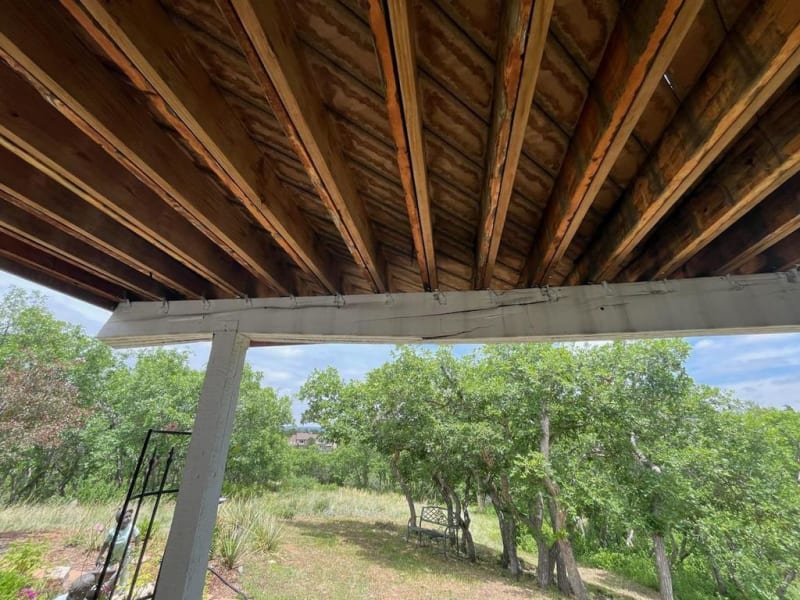
![[banghead] [banghead] [banghead]](/data/assets/smilies/banghead.gif)